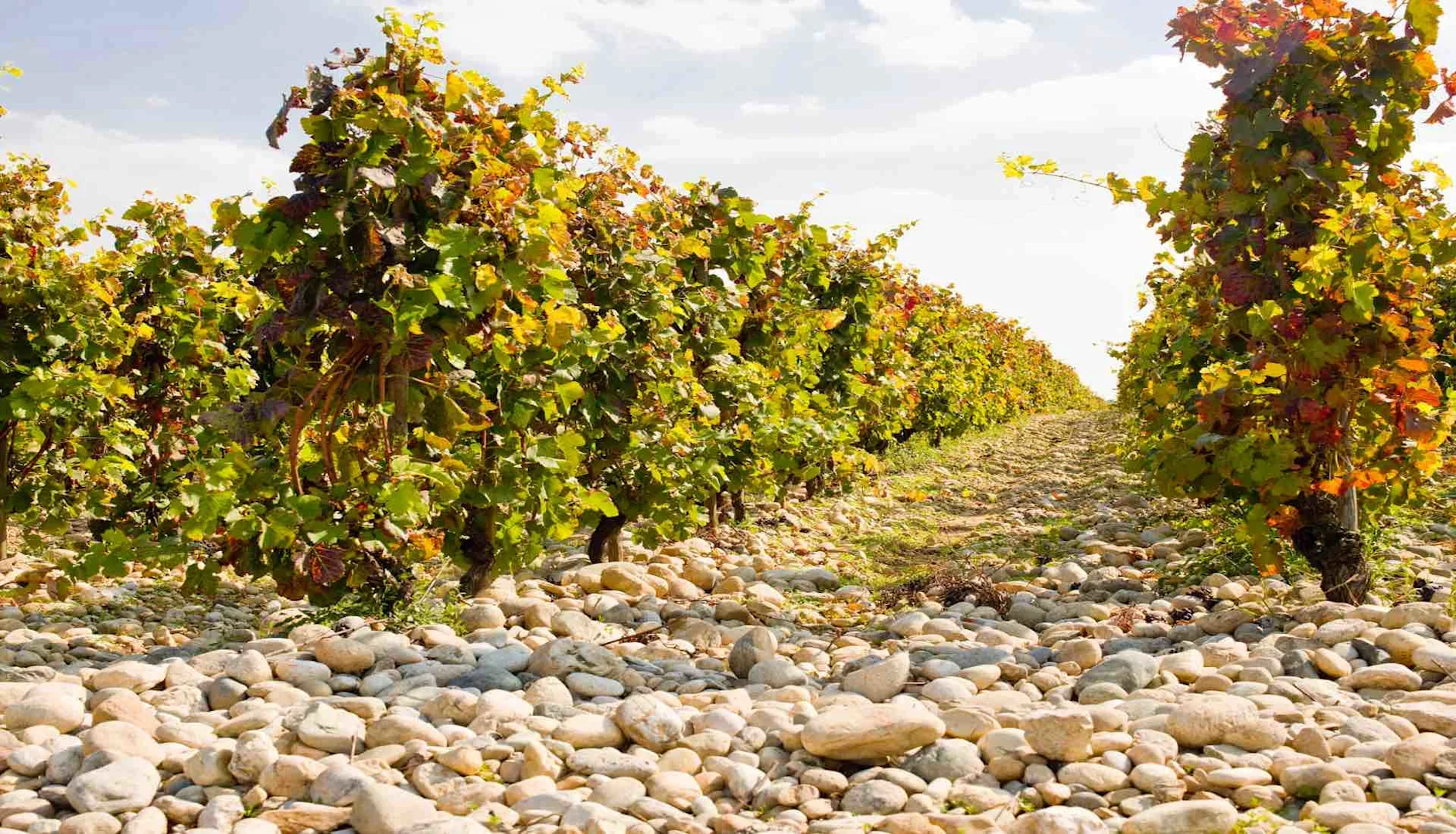Filter by
- from £65.00 per bottleSAVE UP TO £5.00
- Fine elegant Margaux with vibrant berry fruit and firm silky tannins that'll continue to cellar wellfrom £28.00 per bottleSAVE UP TO £4.00
- from £50.00 per bottleSAVE UP TO £10.00
- from £46.00 per bottleSAVE UP TO £9.00
- £80.00 per bottleSAVE £10.00
- A standout release from an historic Margaux estate, "outstanding" with a raft of 90+ point scores£44.00 per bottle
- Superb 94-95 point second wine of Château Margaux. Beautiful pure fruit with chocolatey edge£215.00 per bottle
- Very fine 96-97pt Margaux, from an exceptional vintage and a Premier Grand Cru estate. Superb£715.00 per bottle
- from £36.00 per bottleSAVE UP TO £8.00
- from £460.00 per bottleSAVE UP TO £130.00
- from £155.00 per bottleSAVE UP TO £40.00
- from £160.00 per bottleSAVE UP TO £35.00
- £715.00 per bottle
- £515.00 per bottleSAVE £75.00
- Super impressive 97-98pt second growth Margaux - "such precision and gorgeousness" said Suckling£120.00 per bottle
- £283.00 first instalment
- £340.00 first instalment
- £213.00 first instalment
- from £270.00 per bottleSAVE UP TO £65.00
- £213.00 first instalment
- Showing (1 to 20 of 20)
1
Page 1 of 1


























